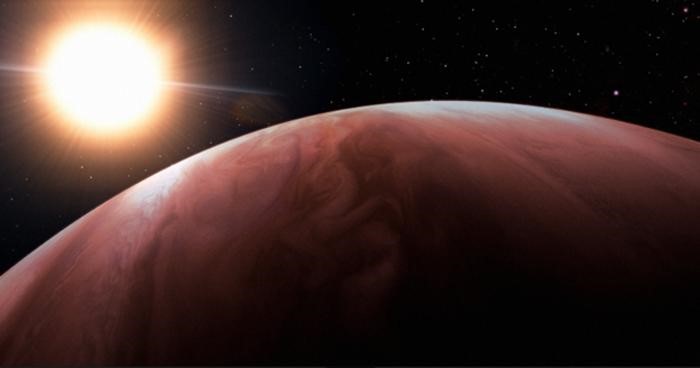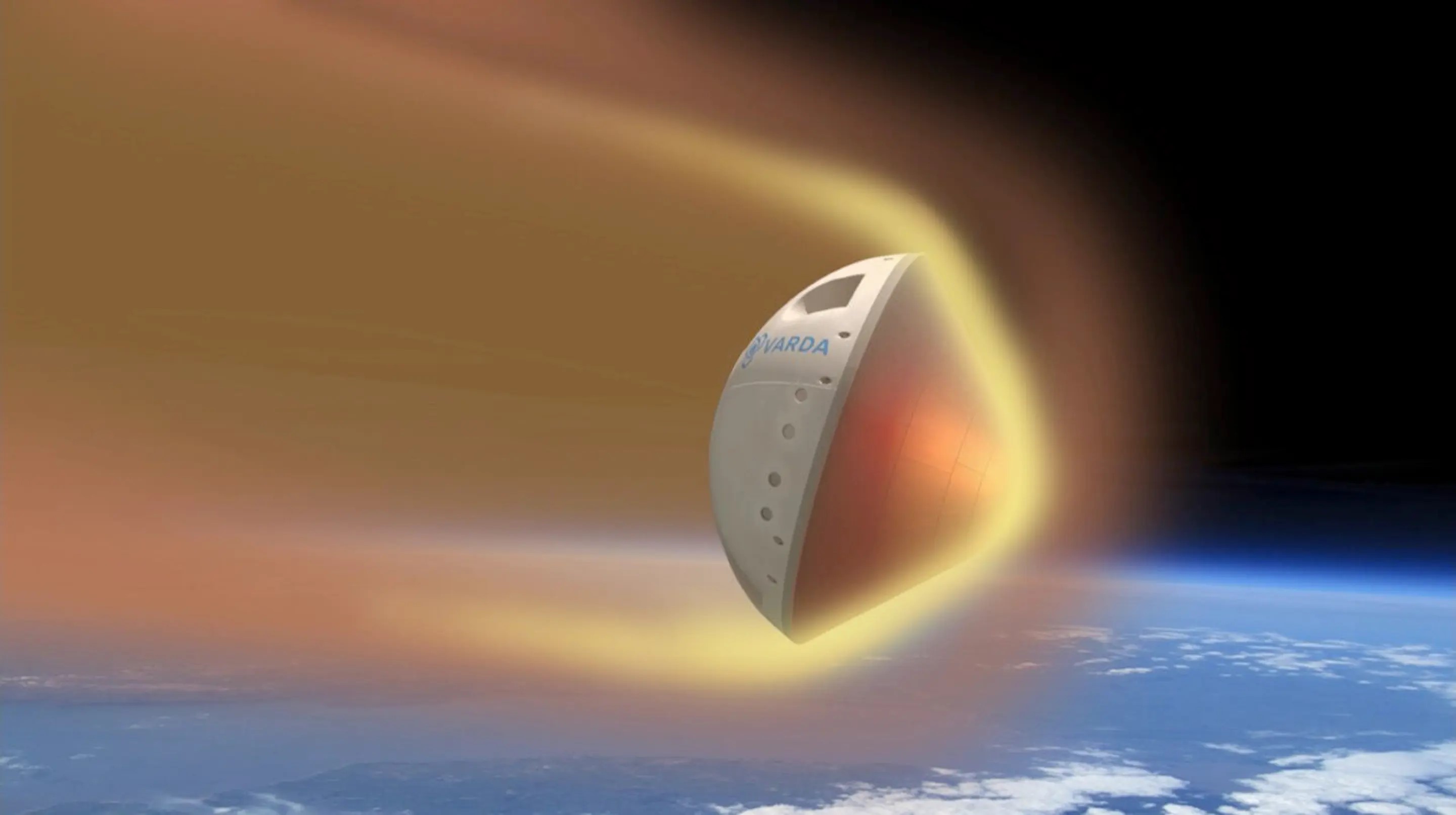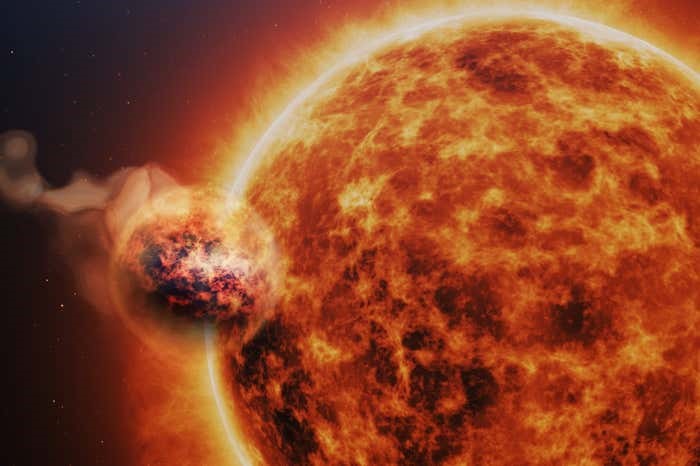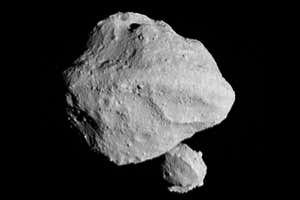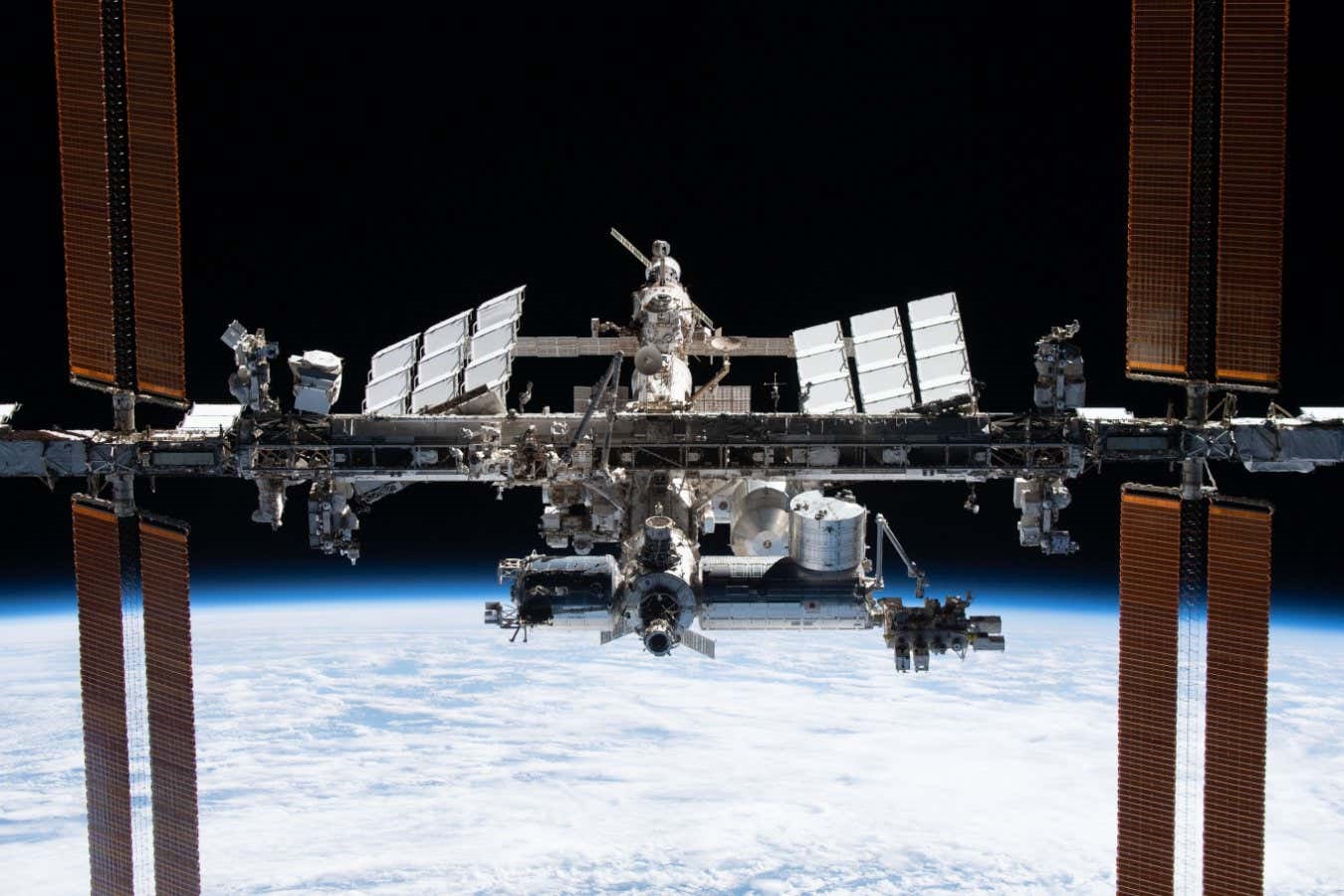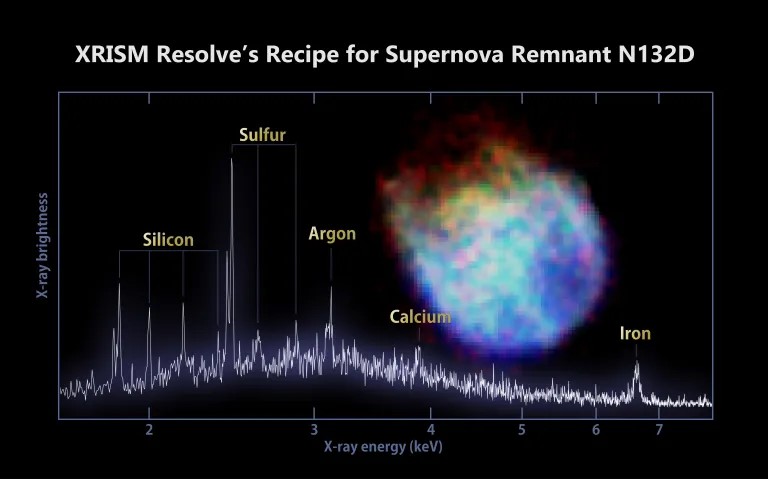Unveiling Cosmic Mirrors: New Discoveries Resonate with the Early Days of Our Solar System
The mystery of our Solar System's origin captivates both scientists and the general public alike. As we delve into the study of Earth and other celestial bodies, we unearth a vivid tapestry of the past, crafted from a primordial disk of dust and gas that enveloped our young sun approximately 4.5 billion years ago.
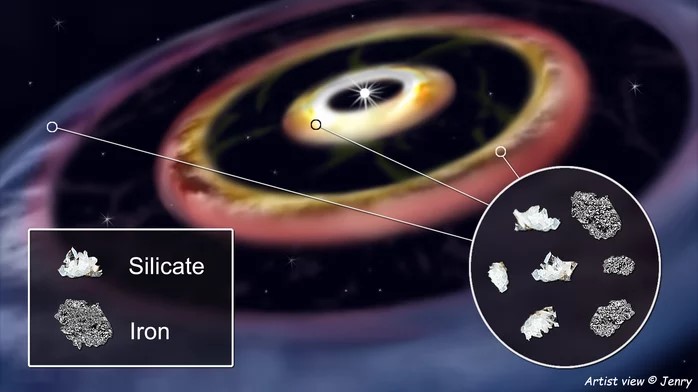
Figure 1. Three-ringed structure. (Credit: Jenry)
Figure 1 shows an artist’s concept of the three-ringed structure in the planet-forming disk around HD 144432. Observations with the European Southern Observatory’s (ESO) Very Large Telescope Interferometer (VLTI) found various silicate compounds and potentially iron, substances we also find in large amounts in the Solar System’s rocky planets.
Three Rings, Two Planets
Recent advancements in star and planet formation research, focused on distant celestial objects, have allowed scientists to explore environments around young stars and draw comparisons with the conditions of the early Solar System. Utilizing the cutting-edge European Southern Observatory’s (ESO) Very Large Telescope Interferometer (VLTI), an international team, led by József Varga from the Konkoly Observatory, Budapest, observed the planet-forming disk of the young star HD 144432, located some 500 light-years away.
A Complex Ring System
The team made a groundbreaking discovery, detecting a complex structure within the innermost region of the disk. Three concentric rings emerged, resembling the zone where the rocky planets formed in our Solar System. Remarkably, this intricate ring system is in close proximity to its host star, distinguishing HD 144432 from previously observed configurations.
Similarities to the Early Solar System
Analyzing the dust composition across the disk, the researchers identified familiar elements such as silicates and minerals found in Earth's crust and mantle. Notably, the study suggests the presence of iron, a first in a planet-forming disk. The iron-rich and carbon-poor composition aligns with the conditions that gave rise to planets like Mercury and Earth in our Solar System.
Iron in the Cosmic Crucible
The astronomers propose that the HD 144432 disk mirrors the early Solar System, providing crucial insights into the prevalent iron-rich environment that contributed to the formation of rocky planets. The study challenges previous assumptions about dust composition, highlighting the possibility of an iron and silicate mixture in the hot, inner disk regions.
Interferometry Unveils Details
High-resolution observations, made possible by the VLTI's interferometry capabilities, allowed researchers to discern intricate details in the HD 144432 disk. The use of instruments like GRAVITY and MATISSE, developed with contributions from the Max Planck Institute for Astronomy (MPIA), enabled scientists to explore the rocky planet-forming zones and unravel the cosmic puzzle.
The Quest Continues
While HD 144432 provides a compelling example of planets forming in an iron-rich environment, the astronomers are not resting on their laurels. Promising candidates await further investigation, and the team is eager to explore more disks around young stars to unveil their detailed structures and chemical compositions.
As humanity peers deeper into the cosmos, each discovery serves as a cosmic mirror reflecting the early days of our Solar System. The intricate dance of dust and gas around stars, captured by advanced telescopes and interferometers, unveils the cosmic symphony that shaped our celestial home and continues to inspire awe and curiosity.
Source: Max Planck Institute for Astronomy
Cite this article:
Hana M (2023), Unveiling Cosmic Mirrors: New Discoveries Resonate with the Early Days of Our Solar System, AnaTechMaz, pp. 13




